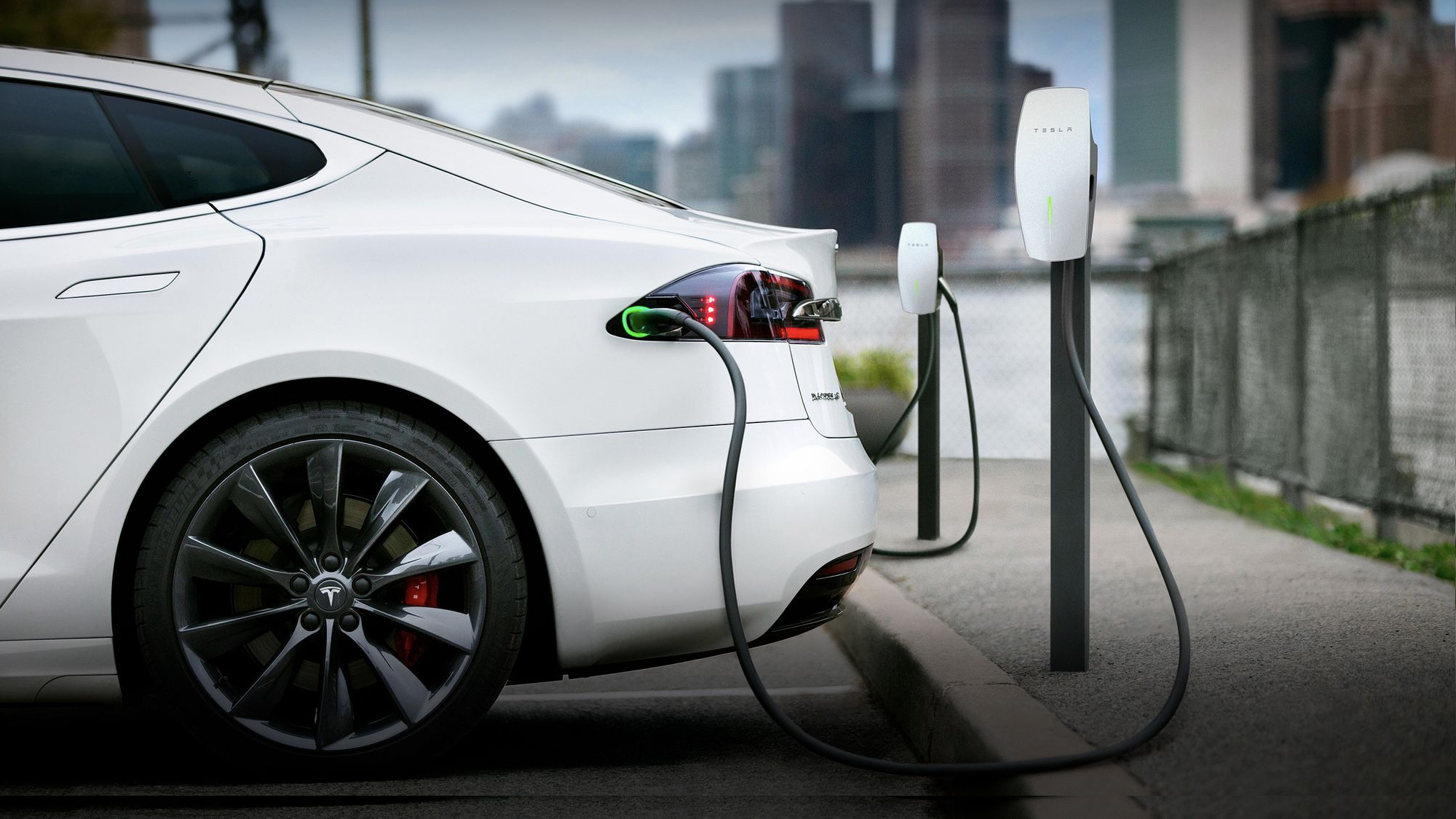Electric Car Experience
My journey with electric cars began with a simple realization: saving on petrol costs, need to reduce my carbon footprint. The decision to go electric wasn’t just about following the latest trend; it was about taking a proactive step toward a cleaner and greener future.
Selecting the perfect electric car for the needs was both exciting and challenging. I explored various options, considering factors like range, battery capacity, charging options, safety, winter-friendly, reliability, and of course, my budget. Ultimately, I settled on the Tesla Model 3 Long Range dual motor, a model that aligned perfectly with my requirements. It has come with 82 kWh battery out of which 75 kWh is the useable battery. Rest is reserved by the system. With it’s battery size, it gave 465 km in summer and around 400 km in winter. 13000 km were driven with it in this year and no complaints.
Charging Types:
There are two main types of public chargers available nowadays:
- DC Chargers/ Type 3 chargers (Tesla calls them Superchargers)
- Type 2 Chargers
DC (Superchargers) are the fastest charging option. They use direct current (DC) to charge EVs. They have the ability to fully charge an EV in under an hour. Some EV batteries cannot handle charges at such high wattage for example PHEVs (Hybrid vehicles).
Whereas Type 2 (also called Destination Chargers) are most useful for overnight charging or when you don’t need a substantial amount of energy added to your battery quickly. Type 2 AC charging is recommended to keep the battery in optimal condition. These are the most efficient home charging option.
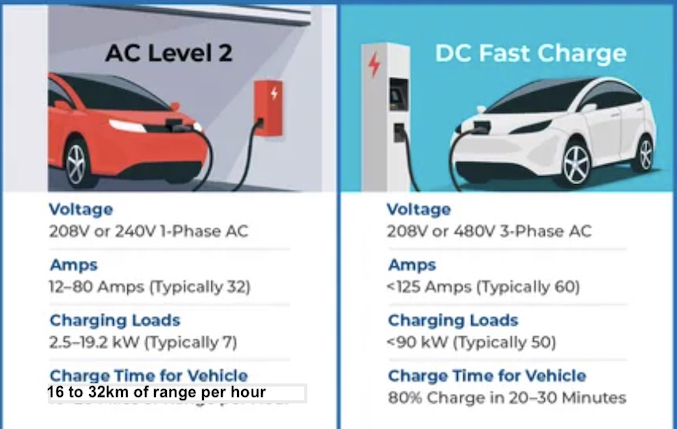
My community has a 2,2 kW charging station, with which it takes 3 hours to charge my daily commute of 40km. My community has outsourced it to https://eparking.fi/ with whom making a contract was of 5 minutes job in email. Bills from the operator come every month showing day to day electricty consumption in detail. There are no separate fees for contract opening or any other fixed fees except for the electricty consumption. For a drive of 1000 km a month, which consume 165 kWh, we get € 24,75 bill. (15 cents per kWh is the price at my home’s charging station)
Most of the ABC stations nowadays have 22 kW Type 2 chargers and 80 kW DC chargers. With a 22 kw charger, it takes 2 hours to charge a 250 km range. This is one possible way of charging if you don’t yet have a charging station at your home/community. Charging times slightly vary based on the current output from the charging station and efficieny losses.
One can feed the location in Chargefinder website and it does give full details of the available chargers as below:
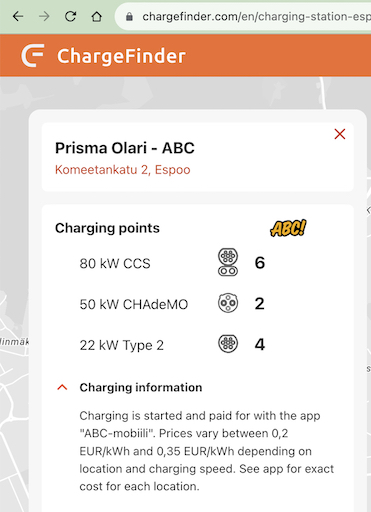
Realized costs, and savings:
Switching to an electric car can lead to substantial savings over time. With reduced fuel expenses to lower maintenance costs, the financial benefits are clear.
- 15 kWh/100 km is the comparison we can do with petrol cars. 1 kWh costs 15 cents at my community charging station, so, € 2,25 is spent per 100 km.
- Another long drive example scenario:
If we consider a round trip between Espoo, Jyvaskyla, it is of 600 km. If we start with the fully charged car from home, 450km will be covered with the fully charged battery with which we started at home. And we might need to charge the car for another 200 km range (50km extra for safe side) at a supercharger or other Type 2 charger based on the stopovers, time available, and price.
- 200 km range needs 34 kW to be charged, which is € 10 at any charging station which charges 1kW at 35cents.
- 80 kW full battery charged at home = € 12
- 34 kW battery charged during the trip = € 10
- So, in total, we spend € 22 for a 600 km trip and come home with a 50 km range left.
Check this recipt from ABC station of Lappeenranta:
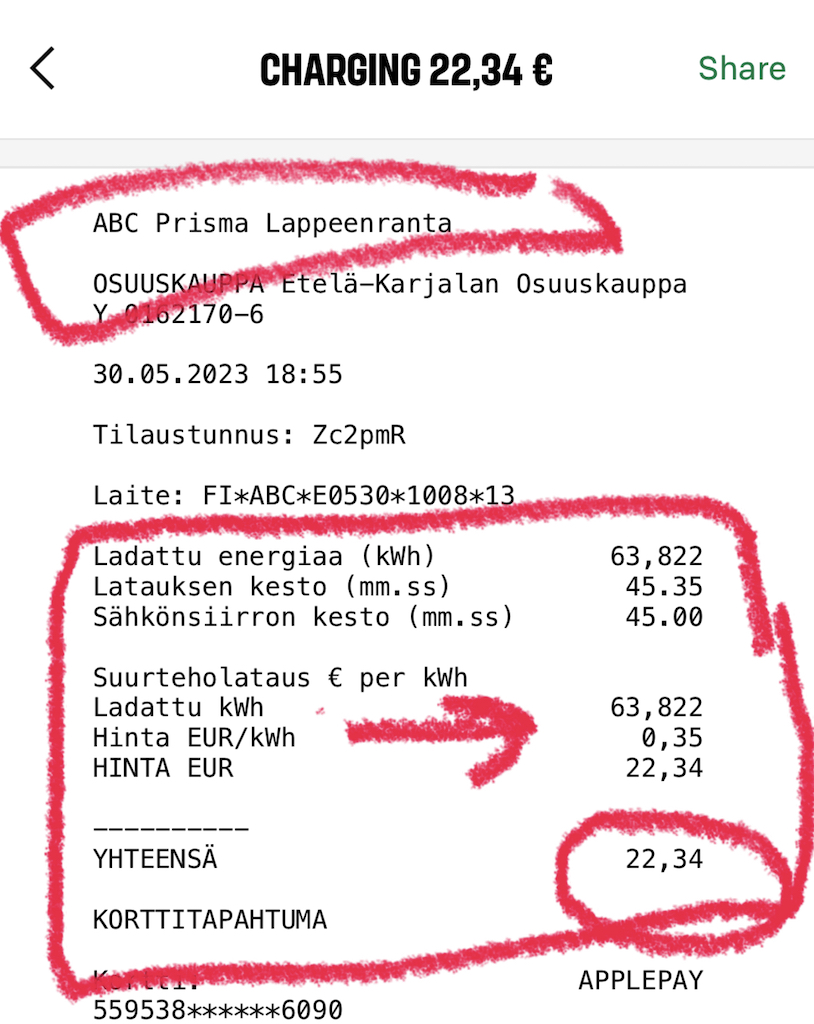
Whole year stats from the Tesla app are shown here, although it’s not accurate, it’s close:
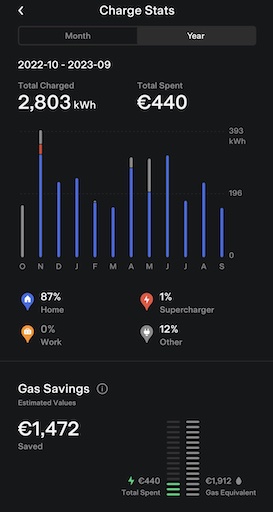
Let’s check at the detailed numbers:
- I drove around 13000km in the past year.
- With my earlier car and driving style would have consumed 7,5 liters petrol per 100km on average. With an average € 1,91 per liter petrol price, I would have spent € 1862.
- With EV, I spent 2803 kW which is of € 440. (15cents per kWh at home and on few ocaasions 50 cents per kWh at super chargers). So, a € 1400 near savings. Plus no oil change or any other maintanence costs.
What I like most is the incredible savings in city driving. See the following card:
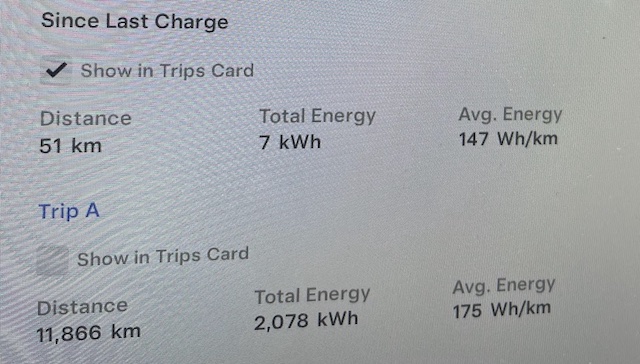 At 15 cents per kWh, it costs € 1,05 for the 51 km trip.
At 15 cents per kWh, it costs € 1,05 for the 51 km trip.
Battery life:
As I heard from others (I mean, not through any official data source), the cost of changing a battery might be between € 10k-15k. It takes 7 to 8 years before the battery performance dips below 80%. I know a Tesla owner in Finland, who has an 8 years old car and is running with an 85% range. And he still trips to Tampere comfortably with it. Like other early adaptors of the technology, I haven’t much worried about future challenges and kept hope in the industry for battery replacements. In worst cases, after 8 years, with reduced battery life, it would be passed on to the upcoming teenagers of the family who don’t need more than a city drive range.
Other observations:
- Most EVs can be driven to 10% or below with no impact on the battery and no significant impact on driving capabilities.
- Most of anybody’s daily commute (50-60km) can be covered with 6-8kWh battery and it can be rechraged with a normal power socket in 3-4 hours. (normal power socket mean which we use at home for regular power applicances)
- The battery warranty for my models is for 8 years or 200,000 km, whichever comes first.
- Acceleration to 100 kmph is in 4,4 sec.
- One of the most immediate and noticeable differences with an electric car is the silence. - Electric vehicles offer an incredibly quiet and smooth driving experience. In the first few drives, you highlight the absence of engine noise and vibrations.
- Becoming a part of the electric vehicle community has been an unexpected delight. I share stories of attending EV meetups, engaging in online forums, and learning from fellow EV enthusiasts. Being part of this community has not only expanded my knowledge but also made the journey more enjoyable.
- Insurance from OP has some good offers for first time EV purchasers. Check https://www.op.fi/private-customers/insurance/vehicle-insurance/electric-car-insurance for more information.
- Charge Finder web link: https://chargefinder.com/en
- EV database link: https://ev-database.org/
- If your housing community doesn’t yet have charging stations installed, and if you are thinking to go for an EV in near future, drop a request to Isännöitsijä and be in the queue. There are larger queues nowadays.
- Super chargers (fast chargers) are not recommended for daily charging, they should be used only in long drives and ocaasionally. So, if you don’t have a mechanism of charging at home, and you still want to own EV it’s still poissble but plan your daily commute charging options carefully, for example at a near by Prisma with a 2,2 kW to 11 kW charger.
- Helsinki road parking offers 50% discount for EVs. Check in Helsinki city online pages.
- Remeber to move the vehicle out of charging place as soon as you charge to the limit you wanted. Some busy charging stations also charge for the idle time. This would be learned with an experience. :)
Conclusion:
Charging an electric car is simpler than you might think. With home charging stations, public charging infrastructure, and even workplace charging options, if planned correctly and a bit ahead, “range anxiety" is not as big a concern as many might think.
In a world where environmental concerns are at the forefront of our minds, making sustainable choices is becoming increasingly important. One such choice I made was to switch to an electric car, and I’m happy to share my experiences about it with the community as I am completing one year with it.
I hope that my blog helps and inspires you towards EV.
Happy driving!
